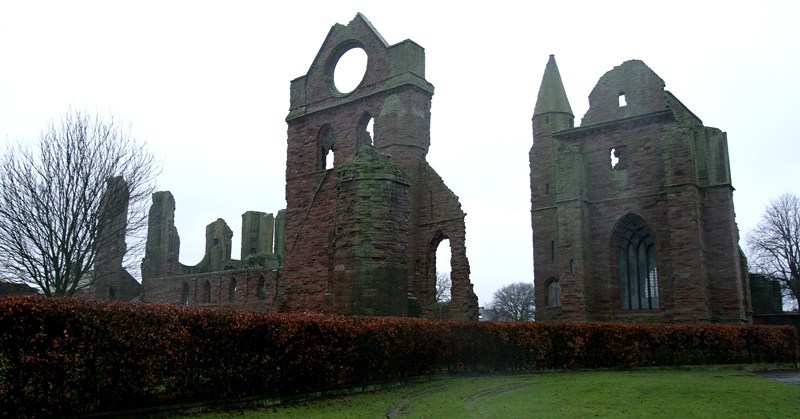Arbroath Abbey was turned down as a World Heritage Site because experts thought it wouldn’t provide “outstanding universal value”.
The Department for Culture, Media and Sport (DCMS), which is responsible for co-ordinating the bidding process for the UNESCO award, claimed it was unable to give any further explanation as the assessment has been carried out by an “independent expert panel.”
Anger over the decision has been mounting in the local community and across Angus since the historic landmark, where the Declaration of Arbroath was signed, was overlooked for the international accolade.
Arbroath Community Council chairwoman Pat Millar, who was also in the campaign group for the abbey’s bid, said she was “shocked” to find out it had not been included.
“I was very disappointed to find out that the abbey, which is one of the most famous heritage sites in Scotland, was not to be considered for the list,” she said.
“I couldn’t believe it when I heard we had missed out to the Flow Country, which from what I can gather is more akin to a muddy field.
“Arbroath Abbey is where the Declaration of Arbroath was signed and is seen as the cradle of democracy in Scotland, so to be overlooked in this way was terribly disappointing.”
Mrs Millar went on to claim that backing had been “overwhelming” and that all local politicians had been behind the campaign.
“There was support not just in Arbroath but from all over Angus and beyond, including MPs, MSPs and local councillors, but the powers that be at Westminster have opted to dismiss this iconic building out of hand,” she said.
“Attaining World Heritage Site status could easily have tripled the amount of visitors coming to Arbroath, at a time when our town could desperately use the economic boost.”
The Forth Rail Bridge, the Crucible of Iron Age Shetland and the Flow Country were the Scottish sites selected to go on to the UK’s list, which includes eight other entries from across the country.
UNESCO takes nominations from the UK Tentative List a shortlist of sites, updated every 10 years, which are recognised as being of outstanding value.
The DCMS received the favoured candidate list from a panel, which included representatives from across the UK and overseas territories who had knowledge of UNESCO and of cultural and natural heritage.
That panel then made recommendations to UK ministers which were agreed in London and the devolved administrations in Scotland, Wales and Northern Ireland.
A DCMS spokesman said, “The independent expert panel appointed by government to assess applications did not consider that Arbroath Abbey had the potential to demonstrate outstanding universal value.
“This is the very essence of World Heritage designation.”
The other Scottish sites to miss out were the buildings of Charles Rennie Mackintosh in Glasgow and the medieval burgh and links at St Andrews.
In December 2008 the then Westminster culture secretary Andy Burnham questioned whether it was worth continuing to nominate UK sites.
He pointed out that it cost up to £400,000 to bid for World Heritage Site status and £150,000 a year to maintain.
He also claimed that the benefits from tourism had been overstated, with few visitors to sites aware it had such status, or motivated by it.
